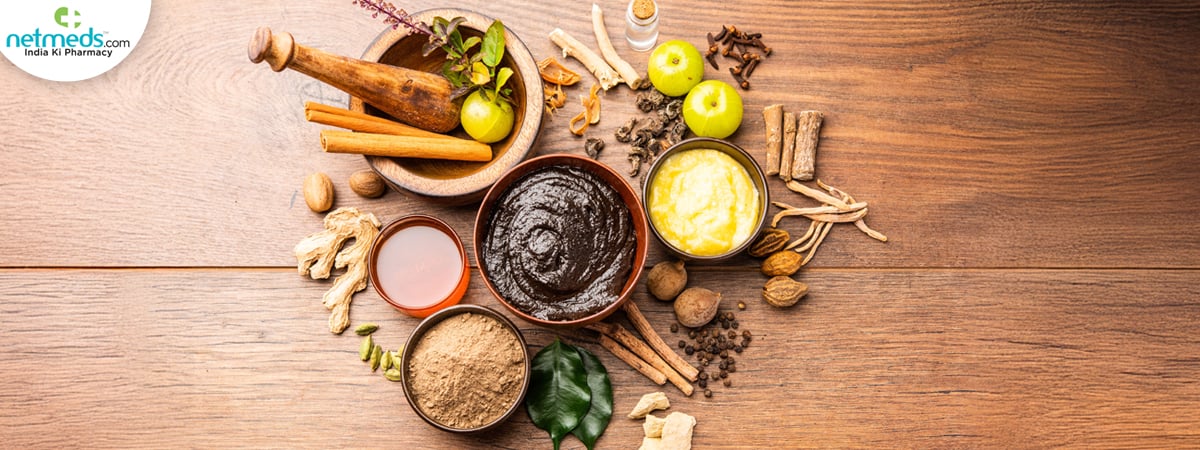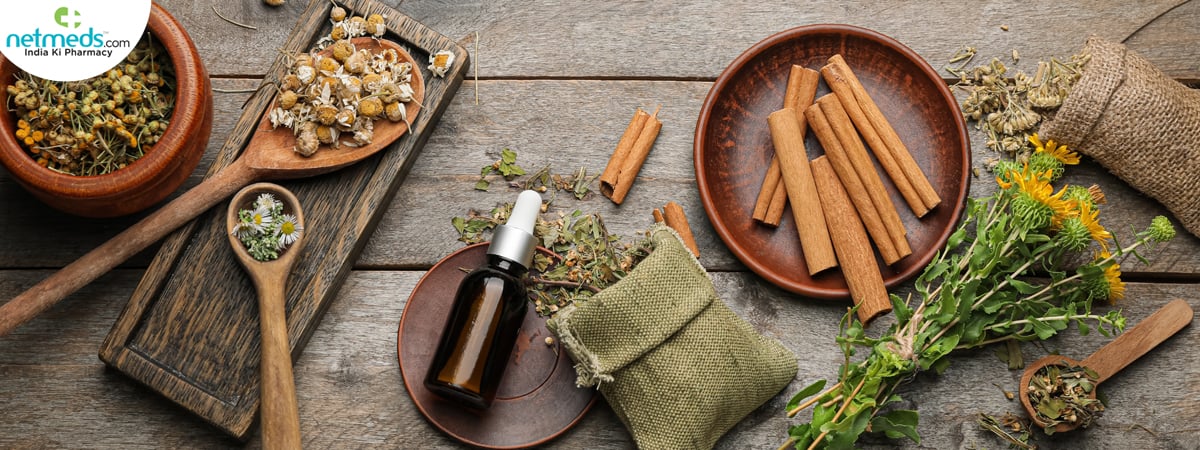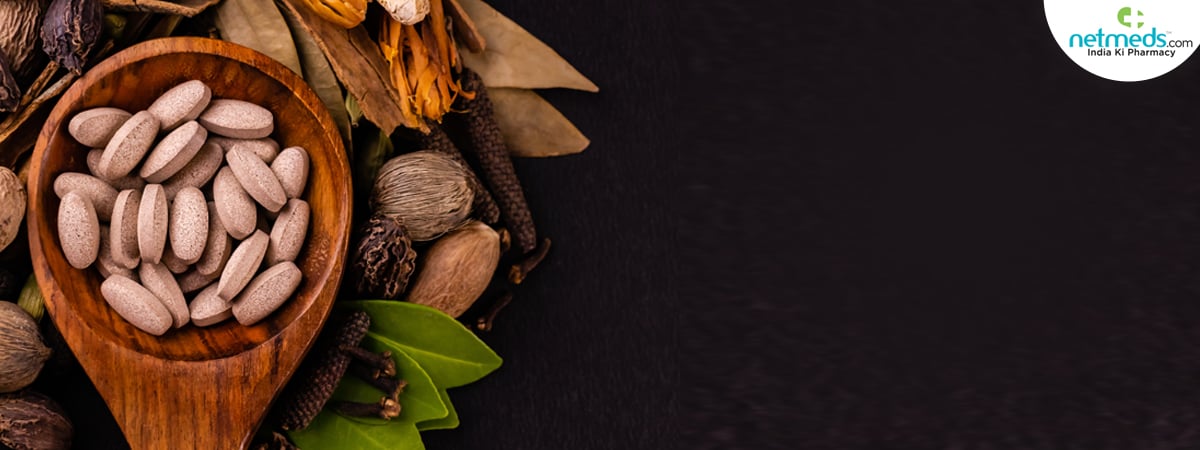Kushmandavaleha, also known as Kushmanda Rasayana or Kushmanda Avaleha, is a renowned Ayurvedic preparation praised for its rejuvenating, nourishing, and restorative properties. Used for centuries in classical Ayurveda, this herbal formulation excels as a health tonic for people of all ages, including the weak, the malnourished, and those recovering from illness.
This comprehensive post explores the origins, ingredients, preparation, therapeutic benefits, dosage, and safety profile of Kushmandavaleha based on classical texts and contemporary research.
Be in the pink of health with our wide-range of ayurvedic formulations!

What is Kushmandavaleha?
Kushmandavaleha is a semi-solid herbal jam prepared chiefly from the pulp of Kushmanda (ash gourd/Benincasa hispida). Its foundation lies in ancient Ayurvedic formulations as a “Rasayana” (rejuvenator), “Balya” (strengthening), and “Brimhana” (tissue builder) medicine. Traditionally, it is used for boosting general health, improving appetite, aiding recovery after illness, and serving as a gentle tonic for children and elders.
Product Description
Kushmandavaleha, also known as Kushmandavaleha Rasayana, is a classical Ayurvedic avaleha prepared in a semi-solid herbal jam form. Its main ingredient is Kushmanda (ash gourd pulp), which gives the formulation its nourishing and rejuvenative properties. The avaleha has a dark brown, thick, jam-like consistency and a pleasantly sweet taste with mild herbal undertones, making it easy to consume. When stored properly in a cool, dry place, its shelf life generally ranges from 3 to 5 years, retaining its potency and effectiveness throughout.
Ingredients
The classical recipe combines the following ingredients in prescribed proportions:
Kushmanda (Ash gourd) pulp – Benincasa hispida
Sharkara (Sugar)
Ghrita (Cow’s ghee)
Madhu (Honey)
Pippali (Long pepper – Piper longum)
Sonth (Dry ginger – Zingiber officinale)
Jeera (Cumin – Cuminum cyminum)
Dhania (Coriander – Coriandrum sativum)
Tejpatta (Indian bay leaf – Cinnamomum tamala)
Elaichi (Cardamom – Elettaria cardamomum)
Dalchini (Cinnamon – Cinnamomum zeylanicum)
Kali Mirch (Black pepper – Piper nigrum)
This blend offers a synergy of sweet, cooling, digestive, and tonic effects.
Method of Preparation
Making Kushmandavaleha involves a traditional, multi-step process:
Peel and deseed the ash gourd, then chop into small pieces.
Boil the pieces in a large quantity of water until soft, reducing the water by half.
Separate the pulp and squeeze out remaining water using a cloth.
Fry the pulp gently in ghee until it turns honey-brown and loses excess moisture.
Add the earlier strained water and sugar. Cook till a jam-like consistency forms.
Add all powdered spices and herbs, except honey, and mix thoroughly.
Remove from heat, allow to cool, then stir in honey. Store in a glass container.
This procedure preserves bioactive compounds and ensures optimum taste and shelf-life.
Benefits Of Individual Ingredients
Kushmanda (Ash gourd) pulp – Benincasa hispida: Nourishes body tissues, supports digestion, and balances Vata and Pitta doshas.
Sharkara (Sugar): Provides instant energy and acts as a natural preservative in formulations.
Ghrita (Cow’s ghee): Enhances nutrient absorption, nourishes tissues, and soothes the digestive system.
Madhu (Honey): Boosts immunity, acts as a natural antioxidant, and enhances medicinal potency of herbs.
Pippali (Long pepper – Piper longum): Improves respiratory health and strengthens digestion.
Sonth (Dry ginger – Zingiber officinale): Relieves digestive discomfort, nausea, and respiratory congestion.
Jeera (Cumin – Cuminum cyminum): Aids digestion, reduces bloating, and balances Kapha dosha.
Dhania (Coriander – Coriandrum sativum): Supports digestion, detoxifies the body, and has mild cooling properties.
Tejpatta (Indian bay leaf – Cinnamomum tamala): Enhances digestion and adds aromatic flavor while reducing Kapha.
Elaichi (Cardamom – Elettaria cardamomum): Promotes digestion, relieves bloating, and refreshes the body.
Dalchini (Cinnamon – Cinnamomum zeylanicum): Supports metabolism, improves circulation, and balances Kapha and Vata.
Kali Mirch (Black pepper – Piper nigrum): Stimulates digestion, enhances bioavailability of other herbs, and clears respiratory pathways.
Medicinal Qualities of Kushmandavaleha
Kushmandavaleha bears a wealth of medicinal qualities, including:
Hemostatic: Controls bleeding
Strengthening and Brimhana: Boosts tissue building and general vigor
Adaptogenic: Helps the body adapt to stress
Aphrodisiac: Improves vitality
Nervine Tonic: Supports the nervous system
Antitussive: Relieves cough
Cardiotonic: Benefits heart function
Its multi-ingredient formulation ensures a broad therapeutic spectrum.
Medicinal Qualities of Kushmandavaleha
Kushmandavaleha is a classical Ayurvedic formulation renowned for its nourishing, rejuvenative, and respiratory-supporting properties. Traditionally, it is used to strengthen the body, enhance immunity, and support digestion, especially in individuals experiencing debility, respiratory issues, or Vata-Pitta imbalances. Here are the key medicinal qualities of Kushmandavaleha that make it a valuable herbal remedy:
Balya (Strengthening): Enhances overall vitality, stamina, and muscle strength, making it ideal for individuals recovering from illness or chronic weakness.
Rasayana (Rejuvenative): Nourishes dhatus (body tissues), promotes longevity, and improves overall health by revitalizing the body and mind.
Kasahara (Anti-Cough/Respiratory-Supporting): Soothes the respiratory tract, reduces cough, and alleviates congestion, making it beneficial in bronchitis, asthma, and chronic cough.
Medhya (Brain-Tonic): Supports cognitive functions, improves memory, concentration, and mental clarity, while calming the nervous system.
Pachana (Digestive-Enhancing): Stimulates digestive fire (Agni), improves appetite, and supports proper assimilation of nutrients.
Vatanulomana (Vata-Balancing): Corrects Vata imbalances, reducing symptoms like dryness, bloating, and gas while promoting smooth bodily functions.
Pittahara (Pitta-Balancing): Balances excess Pitta dosha, relieving internal heat, acidity, and burning sensations.
Shukrala (Reproductive-Supporting): Strengthens reproductive tissues and enhances vitality, supporting overall reproductive health.
Hrudya (Cardiac-Tonic): Promotes heart health by improving circulation, reducing palpitations, and supporting cardiac function.
Sheeta Virya (Cooling Effect): Provides a cooling effect on the body, helping reduce inflammation, internal heat, and irritation in tissues
Ayurvedic Properties of Kushmandavaleha
Rasa (Taste): Predominantly sweet (Madhura) with undertones of spice and warmth.
Guna (Quality): Light (Laghu), unctuous (Snigdha).
Virya (Potency): Cooling (Sheeta).
Vipaka (Post-digestive effect): Sweet (Madhura).
Dosha Action: Pacifies Pitta and Vata; mild effect on Kapha.
Prabhava (Unique action): Medhya (cognitive enhancer), Rasayana (rejuvenative), Brimhana (builder), Balya (strengthening).

Amazing Health Benefits Of Kushmandavaleha
Relieves Chronic Cough and Asthma
Kushmandavaleha harmonizes Kapha dosha and exhibits strong mucolytic action, which helps to loosen and expel mucus from the respiratory tract, alleviating symptoms of chronic cough, bronchitis, and asthma. Its soothing effect calms inflamed bronchial passages and eases breathing difficulties by supporting lung strength and reducing inflammation.
Boosts Immunity
The preparation is rich in antioxidants, vitamins, and essential minerals, fortifying the immune system against infections and seasonal illnesses. Regular intake helps increase the body's resistance to common ailments and promotes overall health and vitality.
Strengthens the Heart
Kushmandavaleha is classified as a hridaya (cardiac tonic) in Ayurveda, signifying its ability to nurture and protect the heart. It calms palpitations, reduces stress-induced tension, and enhances blood circulation, contributing to improved heart health and resilience against cardiovascular concerns.
Also Read: Heart Health: 5 Best Supplements To Optimise Cardiac Function And Overall Well-being
Acts as a Nervine Tonic
Thanks to its medhya (brain-nourishing) properties, Kushmandavaleha is celebrated for improving cognitive functions, such as memory, focus, and clarity. The natural nootropic effect also helps reduce anxiety and irritability, benefiting mental stability and emotional well-being.
Promotes Digestive Health
Powerful digestive spices like ginger, pepper, and cardamom work in synergy to boost appetite, facilitate digestion, and prevent issues like bloating and indigestion. The deepana (digestive-stimulating) and pachan (metabolism-enhancing) ingredients help cleanse the gut and support better nutrient absorption.
Also Read: Digestive Health: 5 Amazing Herbs For Uplifting Gut Health And Function-Infographic
Improves Reproductive Health
The formulation nourishes shukra dhatu (reproductive tissue), enhancing vitality and supporting hormonal balance. Kushmandavaleha is known to improve fertility, strengthen reproductive organs, and boost overall sexual health in both men and women.
Provides Cooling Effect
With its sheeta virya (cooling potency), Kushmandavaleha pacifies aggravated pitta dosha, providing relief in cases of gastritis, hyperacidity, and burning sensations. This cooling property soothes internal heat and inflammation, making it invaluable for pitta-related disorders.
Helps in General Weakness
As a rasayana (rejuvenative), Kushmandavaleha nourishes all body tissues, combats fatigue, and restores energy after chronic illness or physical stress. It promotes healthy weight gain, supports muscle strength, and speeds up recovery by providing balanced nutrition and improving metabolic health.
Supports Urinary Health
Kushmandavaleha’s soothing qualities help relieve burning urination, urinary tract irritation, and mild discomfort from kidney-related issues. Its cooling action and blend of herbs cleanse the urinary channels and promote smooth elimination, reducing inflammation and pain.
Delays Premature Ageing
The rejuvenative and antioxidant effects of Kushmandavaleha help slow the ageing process by neutralizing free radicals, supporting tissue repair, and maintaining youthful vitality. Its ingredient profile assists in preserving skin tone, mental acuity, and internal strength, keeping tissues robust and resilient with regular use.

Kushmandavaleha Dosage
General dosage guidelines are as follows:
Adults: 10–15 grams once or twice daily, preferably with warm milk
Children: 5–10 grams once daily (consult an Ayurvedic doctor before administration)
Best Time to Take: Morning on an empty stomach or after meals, as prescribed
Adjuvant (Anupana): Warm milk or lukewarm water
Kushmandavaleha Side Effects
When taken in proper dosage, Kushmandavaleha is generally safe. However, excess consumption may lead to:
Mild indigestion or heaviness
Loose motions in sensitive individuals
Risk of sugar-related issues for diabetic patients
Possible weight gain due to sugar and ghee base
Kushmandavaleha Precautions
Diabetics: Use with caution due to the sugar content.
Pregnancy/Lactation: Generally regarded as safe, but always consult an Ayurvedic physician.
Chronic Illness: Supervise use in chronic conditions or while taking modern medicines.
Allergies: Discontinue if any allergic reaction or digestive upset occurs.
Storage: Store in a cool, dry place, away from moisture and direct sunlight.
Frequently Asked Questions
What is Kushmandavaleha used for?
Kushmandavaleha is used in Ayurveda to support respiratory health, boost immunity, and nourish body tissues.
How does Kushmandavaleha help in respiratory issues?
It soothes the respiratory tract, reduces cough, and helps manage chronic bronchitis and asthma.
Can children take Kushmandavaleha?
Yes, children can take a smaller dose under Ayurvedic supervision to support immunity and digestion.
What is the recommended dosage of Kushmandavaleha?
Adults can take 10–15 grams once or twice daily with warm milk or water, while children may take 5–10 grams.
Are there any side effects of Kushmandavaleha?
It is generally safe, but excessive consumption may cause mild digestive discomfort or heaviness.
Conclusion
Kushmandavaleha combines ancient wisdom with nutritional science for holistic wellness. Revered as a Rasayana, it tones the mind and body, supports healthy digestion, boosts immunity, aids recovery, and brings balance to the doshas. Safe across age groups (under supervision), it continues to be a trusted remedy for those seeking gentle yet powerful Ayurvedic rejuvenation. Consult a qualified Ayurvedic practitioner to tailor its use to individual health needs and experience its age-old benefits.
References:
- https://www.researchgate.net/publication/361557624_Exploring_potential_of_Kushmanda_Avaleha_in_respiratory_illness_-_A_comprehensive_review
- https://www.ijhsr.org/IJHSR_Vol.13_Issue.8_Aug2023/IJHSR20.pdf
- https://iamj.in/posts/2019/images/upload/723_727.pdf



 Previous
Previous